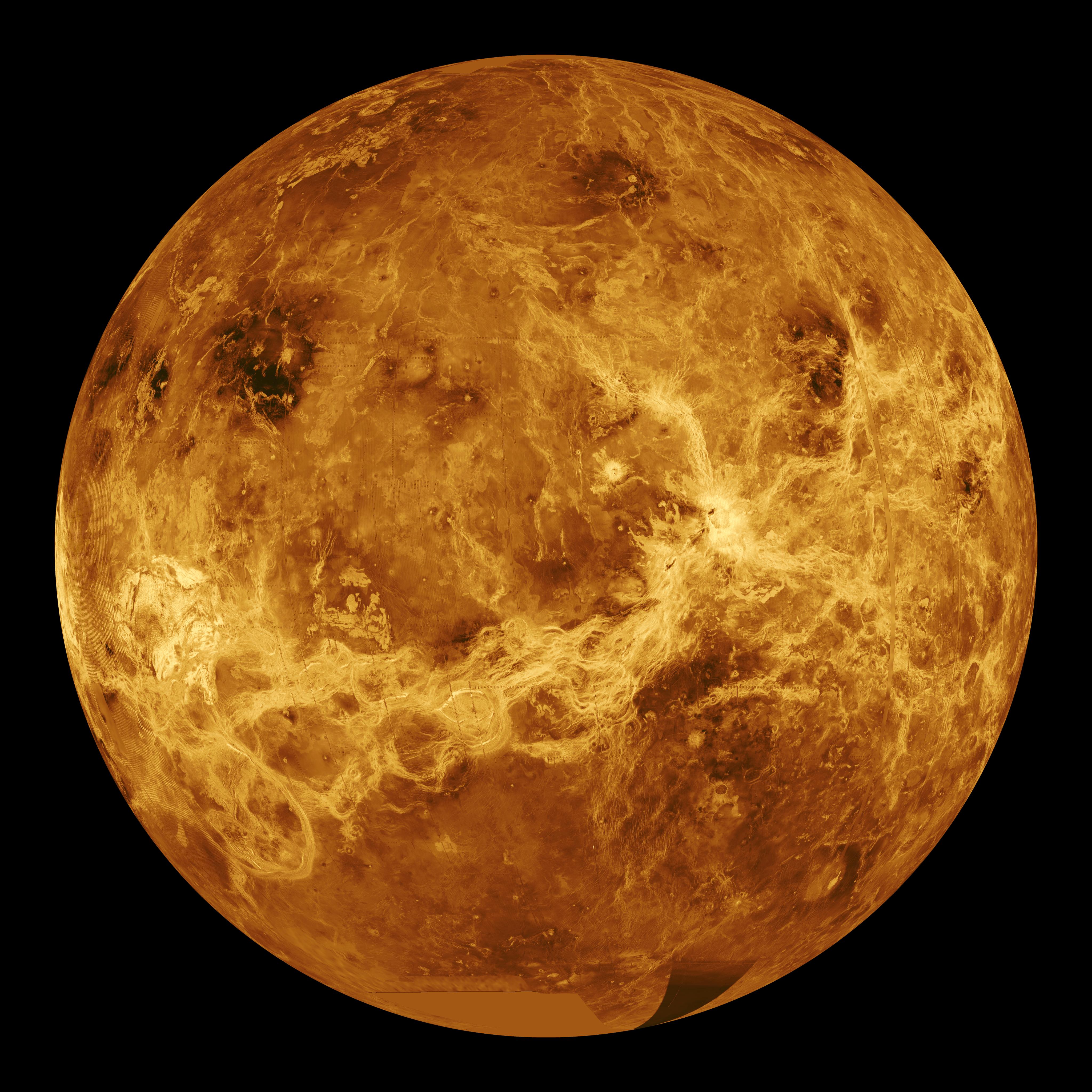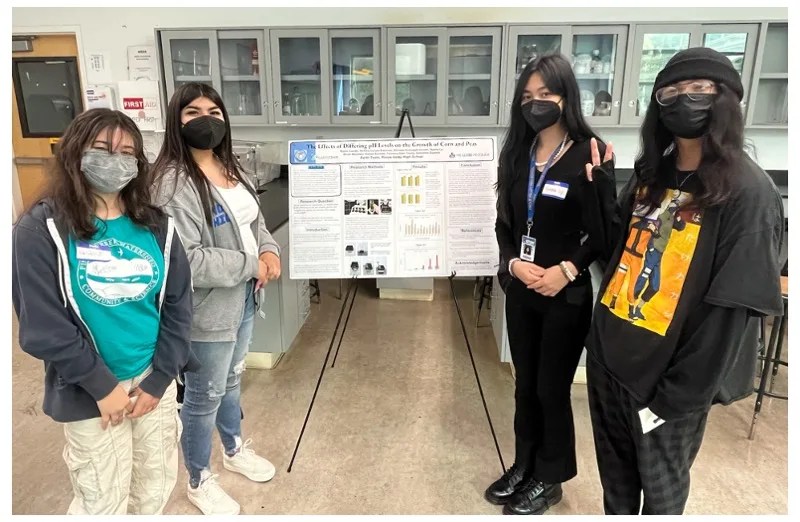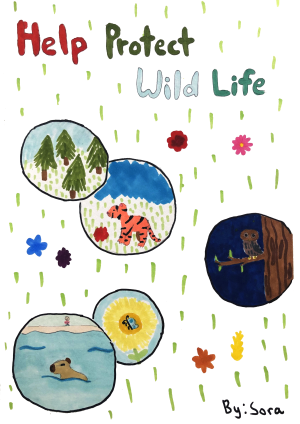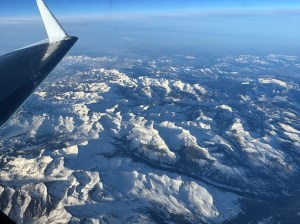NASA's GLOBE Mission EARTH Hosts Student Research Symposia
Students from across the United States recently presented their authentic research projects at several face-to-face and virtual symposia supported by GLOBE (Global Learning and Observations to Benefit the Environment) Mission Earth (GME), a NASA Science Activation project led by the University of Toledo. For their projects, students were encouraged to collect GLOBE data, use NASA resources, and do environmental research projects. They developed research questions, collected environmental observations of their local area, analyzed the data to produce results, and presented their findings.
One such symposium, held on April 30th, 2022 and hosted by GLOBE teacher, Nate Raynor, in Mescalero, New Mexico at the Mescalero Apache School, was the GLOBE New Mexico Student Research Symposium. At this event, ten 8th -12th grade students and four teachers (five from Mescalero Apache School and five from the Santa Fe Indian School) participated and presented their air quality-related projects.
Another symposium, the GLOBE Student Research Symposium for northern California schools, was held on May 5th, 2022 at Chabot Space and Science Center in Oakland, CA. At this event, six projects were presented by 30 students and viewed by 15 STEM Professionals. All students were participants of an after-school environmental program where GLOBE protocols are used for collecting data. The projects included:
- Soil Quality Around East Bay Lakes
- Effects of Cyanobacteria on Water Quality in East Bay Lakes
- Effects of Varying Levels of pH on Plant Growth
- How Litter Changes Water Quality in Pinole Creek
- Stormwater Quality in Antioch Communities
- The Benefits of Mushrooms to Plant Growth
After the STEM Professional review sessions, students gathered in the planetarium where STEM professionals provided students with information on how they came into their careers and provided tips for their next steps. The evening concluded with a planetarium show on the Artemis program.
On May 11th, 2022, 60 students (Grade 3-12) participated in yet another event, the Midwest Earth System Science Collaborative Virtual Science Symposium. Each participating teacher at this symposium received an award for equipment from the Youth Learning As Citizen Environmental Scientists (YLACES) organization, an organization led by Dixon Butler that assists and rewards the implementation of inquiry-based, experiential science education, where students do science and contribute to understanding of our environment. Incredible student presentations from the Midwest Earth System Science Collaborative Virtual Science Symposium are available on YouTube, featuring third graders from Defiance Elementary studying clouds and looking at the quality of their water. One third grader stated “I like observing the clouds and going outside and learning the names of the clouds.” Another great presentation features the 4th and 5th graders of North Star Montessori Academy studying how to preserve the ice on their natural luge track on Lucy Hill in Negaunee, Michigan. These students found that luge ice will persist for longer if the boards of the track are painted white. One student commented “We appreciated doing this research for GLOBE and NASA because it was really fun, and we were able to help the luge club.” Students from Crestwood High School used a terraROVER (Remotely Operated Vehicles for Education and Research) to collect fine particle matter using Arduino technology. One student said,: “It was a great learning experience just building on our experiences with arduino programming and using that, and it’s really cool how we have a real life example of how you can actually use the power of programming to help a community.”
On April 25th, 2022, St. Peter’s Junior High and High School in Mansfield, Ohio held another Student Research Symposium. Teacher, Janene Smith, was awarded funding from YLACES to host the event and seven students from grades 7 and 8 presented their authentic research projects. Several of the students researched air quality in Ohio and potential causes of bad air quality. They also developed board and video games based on GLOBE that students could play.
One third grader from Defiance Elementary stated “I like observing the cloud and going outside and learning the names of the clouds.”
One student of North Star Montessori Academy commented “We appropriated doing this research for GLOBE and NASA because it was really fun and we were able to help the luge club.”
Student from Crestwood High School commented: “it was a great learning experience just building on our experiences with arduino programming and using that and it’s really cool how we have a real life example of how you can actually use that use the power of programming to help a community.”
GME encourages teachers to have their students do research and present their results at symposia. GME will continue to organize and host student research symposia in 2023. It is supported by NASA under cooperative agreement award number NNX16AC54A and is part of NASA's Science Activation Portfolio. Please visit https://science.nasa.gov/science-activation-team/globe-mission-earth to learn more.






























